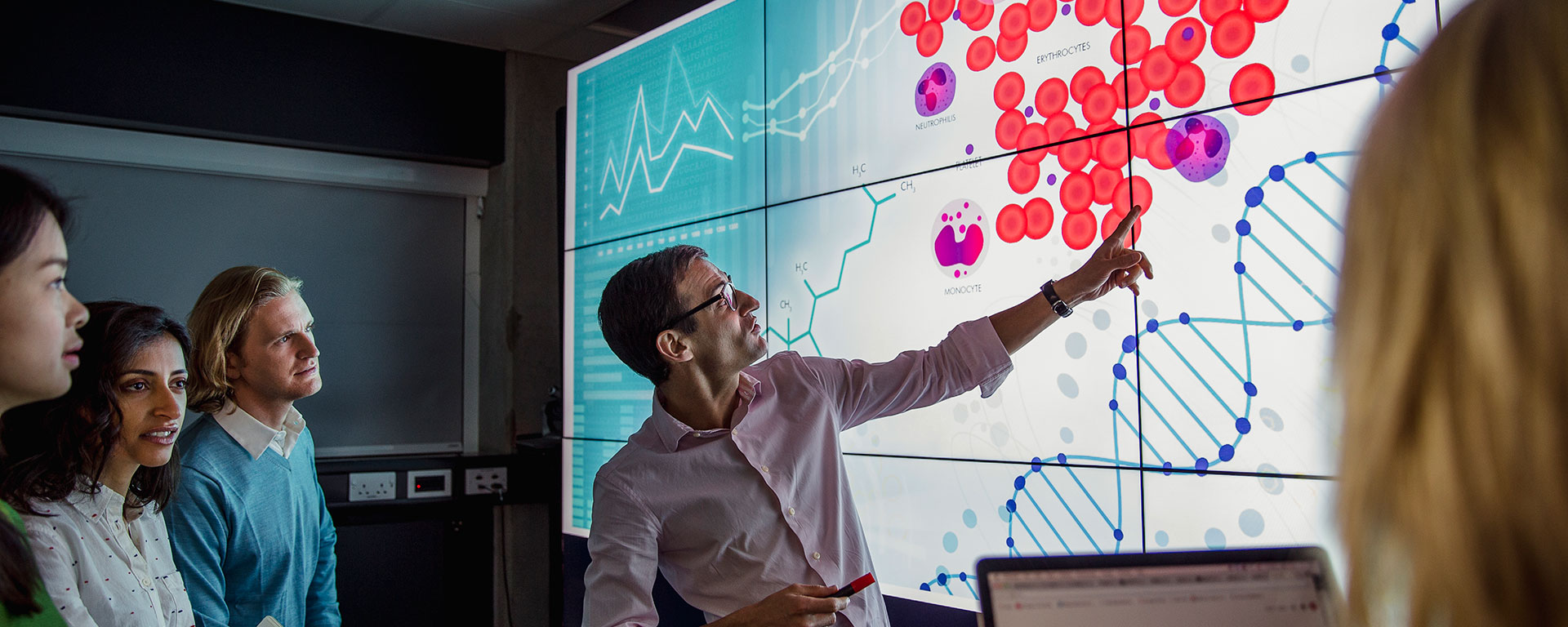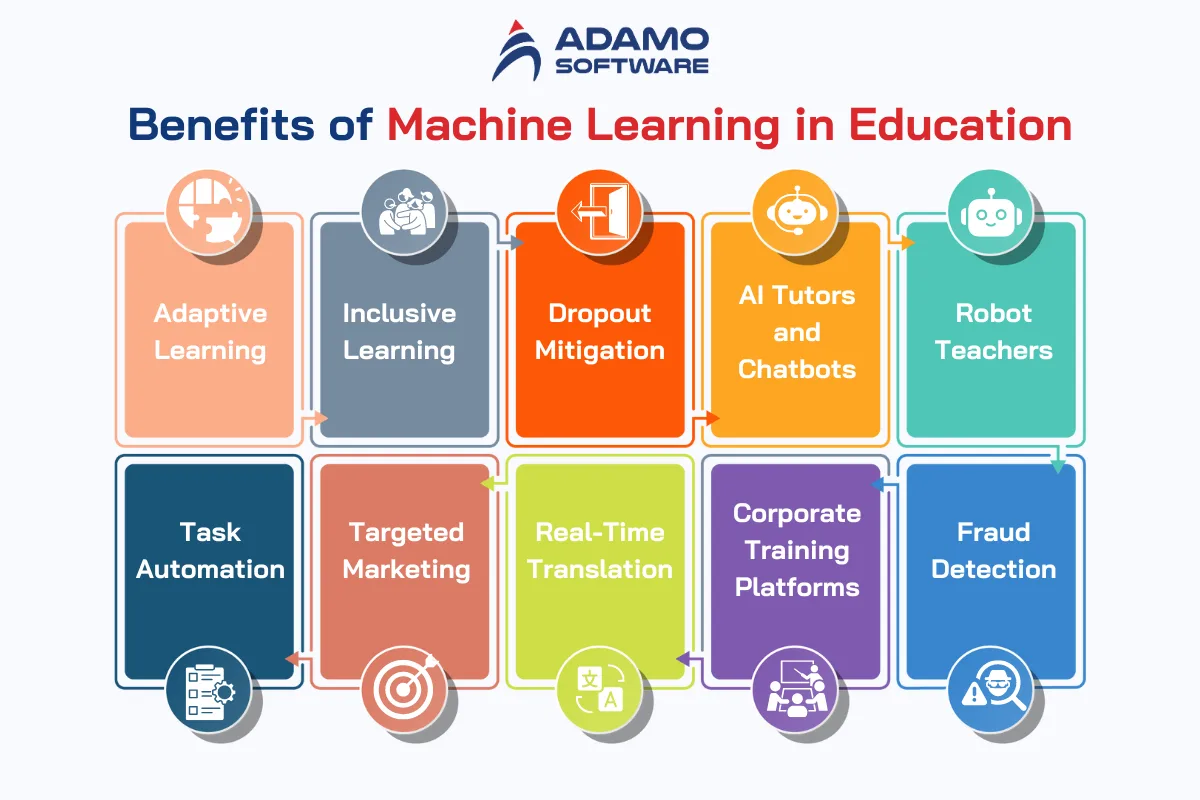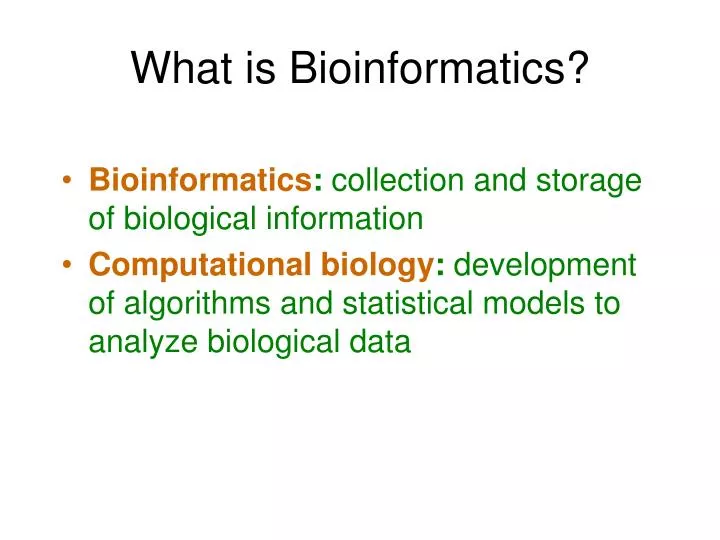Bioinformatics Tutor - An Overview
Table of ContentsLittle Known Questions About Bioinformatics Tutor.Bioinformatics Tutor for DummiesBioinformatics Tutor Things To Know Before You Get ThisBioinformatics Tutor Fundamentals ExplainedThe Main Principles Of Bioinformatics Tutor
Of the total amount individuals entailed in the training, 80% were pupils from public college institutions, while the remaining 20% came from personal organizations. To receive a certificate of involvement, students were required to attend a minimum of 90% of the complete training hours. As a result of this need, an impressive 95% of the individuals effectively obtained their certifications, having not only met the minimum participation criteria yet likewise finished all designated activities throughout the training.
During the height of the COVID-19 pandemic, specifically in between June and August 2020, the project team was entrusted with organizing specialized training in bioinformatics. This training was especially targeted at students from the research study team Nucleus for Research study in Applied Computer at the Federal University of Pará (UFRA) The adjustment to remote knowing systems due to the pandemic produced a possibility to discover new mentor techniques and digital tools that improved both reach and performance.
To respond to the growing need in the computer and life sciences fields, an innovative training course was presented in 2020 titled Introduction to Machine Understanding. This training course was created to offer an easily accessible yet extensive overview of Expert system strategies, particularly as applied in bioinformatics. The program was carried out over three months, from October to December 2020, and was supplied completely online with the Google Meet platform. This digital layout allowed participation from students throughout Brazil, most of whom might not have had the possibility to participate in in-person sessions.
Bioinformatics Tutor Fundamentals Explained
A remarkable feature of this program was its focus on hands-on learning. Roughly 50% of the overall training hours were committed to practical activities where trainees constructed smart models and applications in a variety of clinical domain names, consisting of genetics, molecular biology, and environmental data evaluation. Extensively used structures and tools such as Spyder, Google Colab, Jupyter Notebooks, and Orange were incorporated right into the coursework. These platforms allowed pupils to engage in real-time information manipulation, model training, and algorithm trial and error.
Sixty of them were affiliated with numerous higher education establishments in the state of Pará, while the staying twenty came from institutions located in 5 other Brazilian states. By introducing Artificial Knowledge in a pertinent and useful context, the campaign served to link the space between concept and real-world application, offering pupils with a strong foundation for future research study or employment in the area.
The training effort created part of a more comprehensive academic outreach initiative referred to as the Bioinformatics on the Road task. This job has, throughout the years, introduced lots of pupils to the globe of bioinformatics and computational biology. The events held under this umbrella effort have taken location throughout multiple regions and years, as summarized in Table 1 (Checklist of events, places, years, and complete numbers of students and trainers)
Several of these groups, at first brought together by their involvement in training occasions, have because gone on to produce independent scientific research study in partnership with regional academic organizations. The training not only fostered scientific thinking within the context of bioinformatics yet additionally triggered collective connections that prolonged beyond the training atmosphere.
A Biased View of Bioinformatics Tutor
The job itself was conceptualized and arranged by MB and RR, who looked after the planning and implementation of each action. Lectures were delivered by a multidisciplinary group containing megabytes, FA, EF, KP, JS, DM, SN, LP, LG, RR, air conditioning, and ih. The exact same group, omitting IH and RR, also worked as tutors for the functional training modules. Financing for the job was provided with the grant 88887.200562/ 2018-00 from CAPES. The authors extend their gratefulness to everybody that added to the understanding of this project, whether straight or indirectly, since its beginning.
The Federal University look at this now of Pará's Workplace of Research (PROPESP/UFPA) likewise provided economic support, especially for the manufacturing of the final manuscript. The authors proclaim no business or financial problems of interest that could have affected the study. All interpretations and viewpoints revealed in this short article are exclusively those of the writers and do not always show those of their corresponding establishments, the author, editors, or customers included in the magazine process.

Getting The Bioinformatics Tutor To Work
From an instructional perspective, the teaching approach used in the training was intentionally interactive. Classes were carried out in a way that urged trainee involvement and discussion, exceeding rote memorization to explore just how concepts are created, applied in life, and tested in academic settings. The educational philosophy concentrated on supporting both solid and having a hard time pupils, offering customized support, and building self-confidence with sustained mentorship and perseverance.

Each group, being composed of approximately 36 participants, was supported by three mentors-- the majority of whom were postdoctoral scientists with specific competence. These mentors not just assisted design the group projects but additionally promoted their implementation, ensuring that each research study inquiry was both pertinent and properly challenging. The objective was to give a biologically sensible context that participants could discover through open-ended goals and access to curated datasets.
For additional understandings into the technique and results of this project-based knowing strategy, visitors are directed to S1 Text, that includes detailed summaries of the instructional framework, analysis techniques, and task themes utilized in the training sessions.
Not known Details About Bioinformatics Tutor
Of the overall individuals entailed in the training, 80% were students from public higher education and learning institutions, while the staying 20% came from exclusive establishments. To qualify for a certificate of engagement, students were required to participate in at least 90% of the overall training hours. Significantly, past the trainees that registered in the training sessions, 7 experienced instructors took part in supplying the courses, while three committed research professors worked with the overall training process. Roughly Click This Link 50% of the overall training hours were committed to useful tasks where students constructed intelligent designs and applications in an array of scientific domain names, consisting of genetics, molecular biology, and environmental data evaluation. The training not only cultivated clinical reasoning within the context of bioinformatics yet additionally triggered joint partnerships that prolonged beyond the training environment.